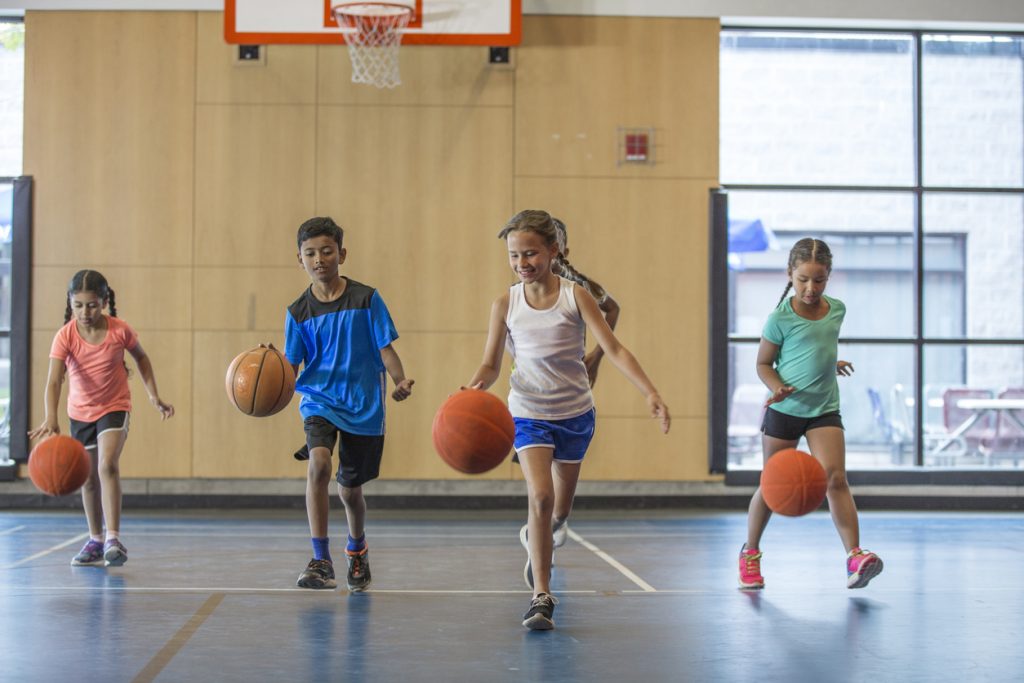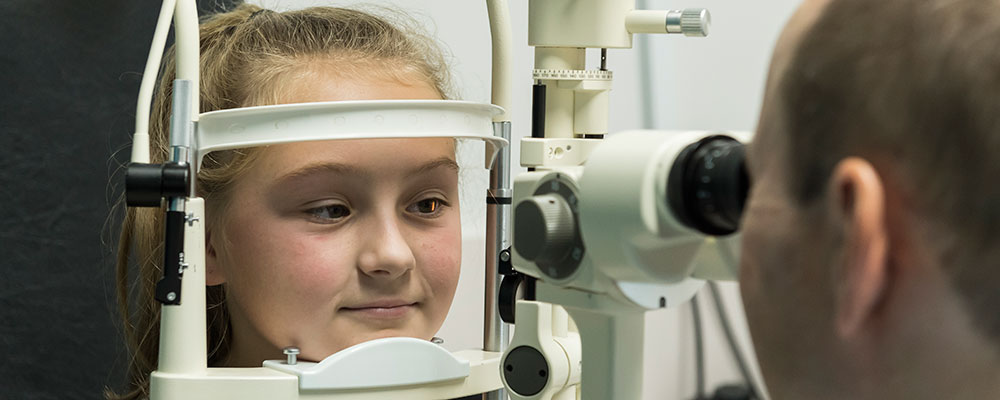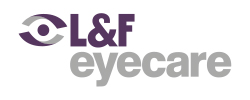Children’s Eyecare & Eye Tests for Kids
One major barrier to Children’s eyecare and diagnosing visual problems is effective communication. Children, especially young ones, may not realise that their vision is impaired. Since vision problems tend to develop gradually, children often assume their poor vision is normal and similar to that of their peers. Consequently, they do not express their difficulties, thinking their experiences are typical for everyone. This lack of communication means that many visual problems go undetected and untreated, potentially exacerbating learning difficulties and hindering academic progress.
Many children experience some form of visual problem, and 40 percent of those identified with perceived learning difficulties have a visual issue. These visual problems can significantly impact their ability to learn and perform well in school.
Parents, teachers, and healthcare providers must be vigilant in observing signs of visual problems. Regular eye examinations can play a crucial role in early detection and treatment, ensuring that children receive the necessary support to overcome visual challenges and succeed in their educational endeavours. By addressing communication barriers and promoting regular eye health check-ups, we can better identify and manage visual problems in children, ultimately supporting their overall development and academic success.
How important is good vision to my child?
Vision is especially important to a child, especially in their formative younger years.
More than 80 percent of the information children receive about the world comes through their eyes.
This means that poor vision can affect the child’s development in many ways including their performance at school, self-confidence and personality development.

Activities that encourage the use of short and long sight are excellent for eyesight health
When should I have my child’s eyes tested?
Children should have their eyes tested regularly to ensure optimal vision health and early detection of any issues. The recommended frequency for eye exams varies based on the child’s age and risk factors:
- Infants (6 months to 1 year):
- The American Optometric Association (AOA) recommends an initial eye exam at 6 months of age to check for proper eye development and any early signs of issues.
- Preschool Children (3 to 5 years):
- Children should have their next eye exam at age 3, or before they start school. This helps to identify any vision problems that could affect learning and development.
- School-Aged Children (6 to 18 years):
- An eye exam should be conducted before starting first grade, and then every two years if no vision correction is required. Children who wear glasses or contact lenses should have annual eye exams or as recommended by their optometrist.
Children at higher risk for eye problems, such as those with a family history of eye diseases, premature birth, developmental delays, or those with certain medical conditions (e.g., diabetes), may need more frequent eye exams. Regular eye exams are essential for detecting and addressing vision issues early, ensuring that children can achieve their full potential both academically and developmentally.
What sort of problems may be found with my child’s vision?
The most common children’s vision problems are those affecting the ability to see clearly and sharply, such as shortsightedness, long-sightedness and astigmatism. Problems that can be more difficult to detect and lead to longer-term problems include poor coordination of the eyes, turned eye, eye movement defects, difficulties in focusing control and poor hand eye coordination.
Watch this short video where Dr Ken Thomas discusses children’s vision and myopia on our instagram
Is there any way I can tell that my child has a vision problem?
As a parent, it can be challenging to determine if your child has a vision problem, as children may not realise they have an issue or may not be able to communicate it effectively. However, there are signs you can watch for, such as squinting, tilting the head, sitting too close to the TV, rubbing eyes frequently, experiencing frequent headaches, covering one eye, avoiding close-up work, struggling in school, or complaining of blurred or double vision. Noticeable eye misalignment, excessive tearing, or eye redness can also indicate vision issues.
Even if your child does not exhibit these signs, regular eye exams are crucial since vision problems can develop without obvious symptoms, especially in the early stages. An optometrist can detect and address issues that might not be apparent to you or your child. If you notice any of these signs or if your child has not had a comprehensive eye exam within the recommended timeframe, it’s essential to schedule an appointment with an optometrist.
What is involved in having my child’s vision checked?
Having your child’s vision tested is simple, painless and results in an immediate outcome as to whether there is cause for concern. In some cases, children with problems can be treated with eye exercises rather than glasses. Your optometrist will give you a full explanation including the nature of the problem, treatment options and the expected outcome, including the long-term expectation of your child’s vision. Further tests of visual perception may be recommended.

